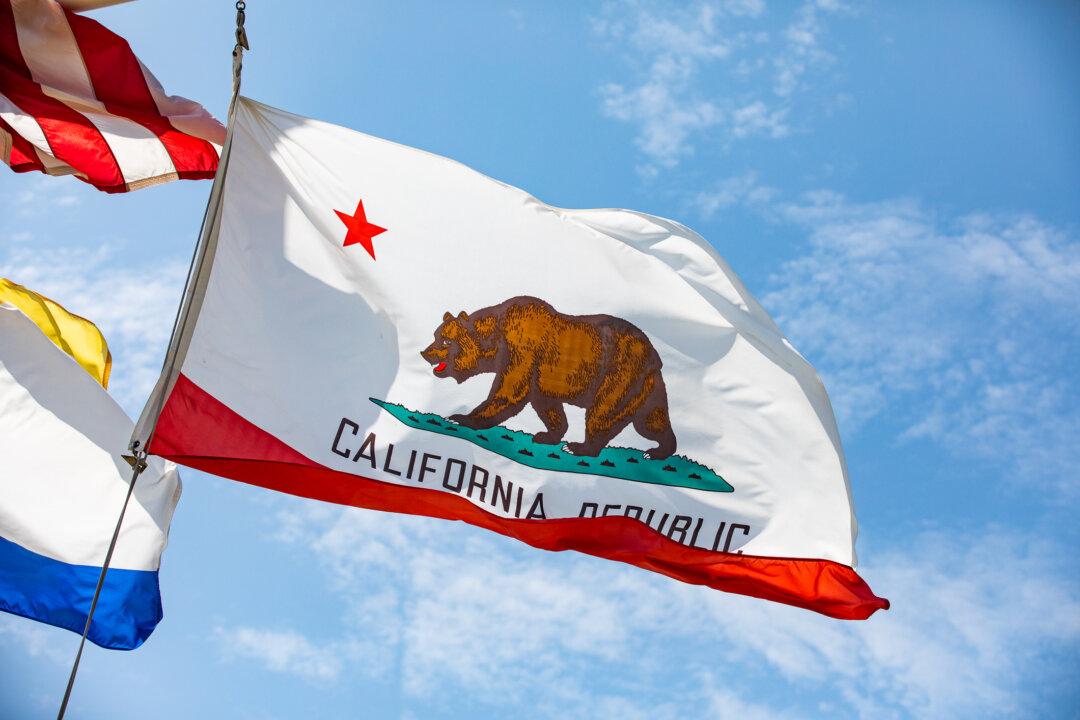Parents often believe that home is the safest place for their children, but with the rise of social media, that may no longer be the case.
Samuel Chapman and Laura Berman lost their 16-year-old son, Sammy, in 2021 after he overdosed on a fentanyl-laced pill from a dealer he allegedly connected with on Snapchat.






